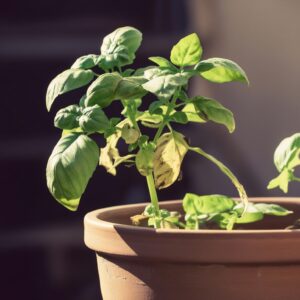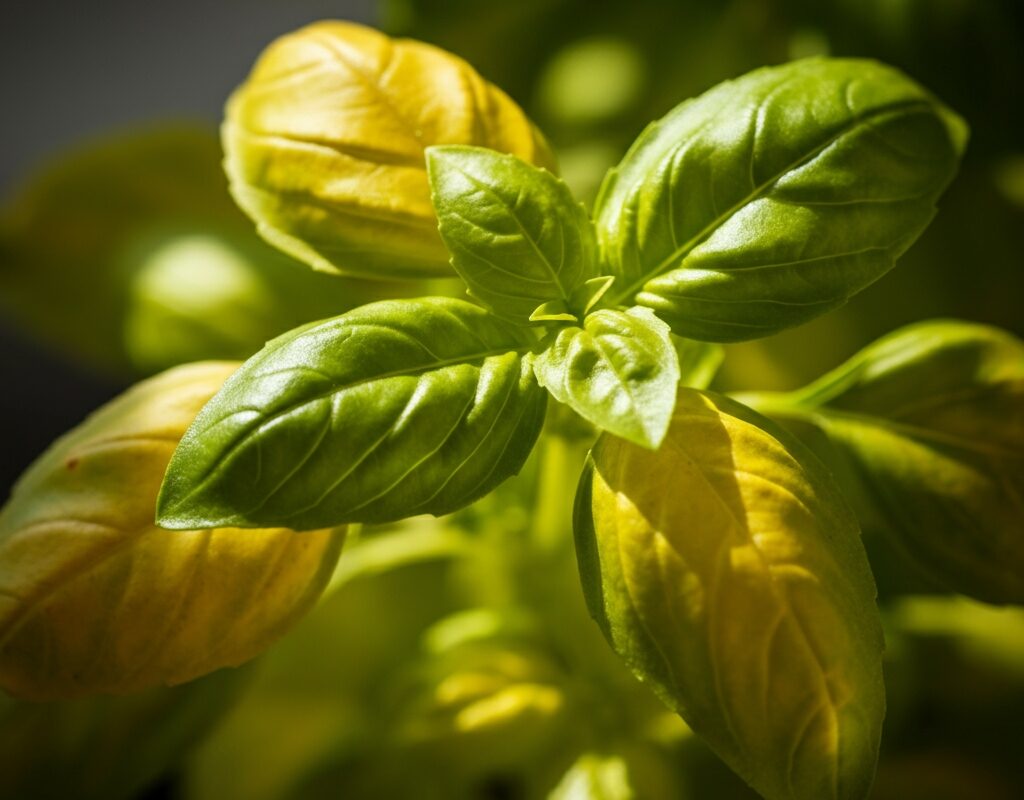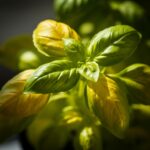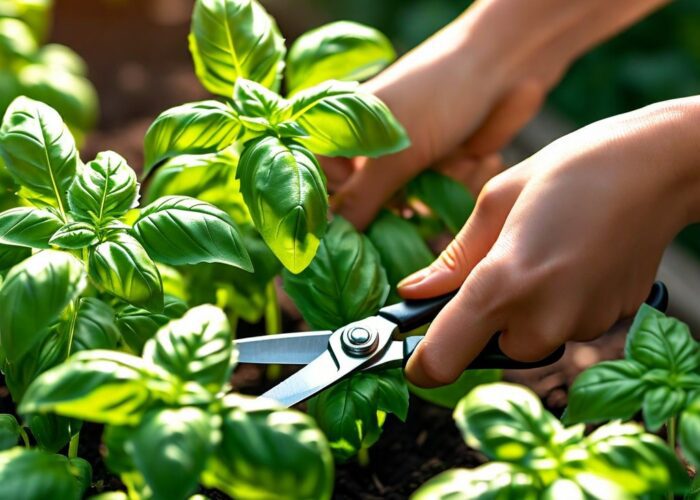Why Are My Basil Leaves Turning Yellow?

Yellow Basil Leaves?
If you’ve noticed your basil leaves turning yellow, you’re not alone. Yellowing is a common issue for home gardeners, whether you’re growing basil indoors or outdoors. While basil is generally easy to care for, several factors — like overwatering, lack of sunlight, or nutrient imbalances — can cause leaves to discolor.
The good news? With the right care, most basil plants can bounce back. In this post, we’ll cover the most common reasons for yellow basil leaves and how to fix them so your plant can thrive again.
Basil Leaves Turning Yellow?
If your basil leaves are starting to turn yellow, it’s a sign that your plant needs some extra care. Yellowing can happen for several reasons — from watering habits to sunlight and nutrition — so understanding the cause is key to bringing your basil back to life.
Overwatering or Underwatering
Basil loves soil that’s moist but drains well. Too much water can drown the roots and cause root rot, resulting in yellow, drooping leaves. On the other hand, letting the soil dry out completely stresses the plant, causing leaves to yellow and wilt. Finding the right watering balance is essential.
Not Enough Sunlight
Basil is a sun lover and needs at least 6 hours of direct sunlight every day. If your plant is in a shady spot or gets only indirect light, the lower leaves may start yellowing and dropping. Moving your basil to a bright, sunny location will help it grow strong and green.
Nutrient Problems:
If your basil isn’t getting the right nutrients, yellow leaves may appear. Over-fertilizing can “burn” the roots and damage the plant, while not feeding enough leaves it weak and pale. Feeding your basil every few weeks with a balanced, water-soluble fertilizer keeps it healthy and vibrant.
Disease:
One of the more serious issues is basil downy mildew, a fungal disease that causes yellow patches between the veins of leaves, along with grayish or brown spores underneath. This disease spreads quickly and can kill your plant if not addressed early. Removing affected leaves and improving air circulation helps slow its progress.
How To Fix Yellow Basil Leaves
Yellowing basil leaves are a common problem, but fortunately, they’re usually easy to resolve. Here’s how to bring your basil back to vibrant health:
Adjust Your Watering
- If underwatered: Water your basil deeply whenever the top inch of soil feels dry.
- If overwatered: Improve drainage by emptying water from saucers and ensure your pot has proper drainage holes. If the roots are soggy or rotten, consider repotting the plant with fresh, well-draining soil.
Improve Sunlight Exposure
Place your basil where it can get plenty of light. Indoors, a south-facing window is ideal, or you can use a grow light if natural sunlight is limited. Outdoors, choose a spot with full sun for at least six hours daily to keep leaves green and healthy.
Manage Fertilizer Use
- Over-fertilized plants: Flush the soil thoroughly with clean water to wash out excess nutrients.
- Under-fertilized plants: Feed your basil with a diluted, balanced fertilizer every 2–3 weeks. Avoid overfeeding, which can cause leaf burn.
Treat Diseased Leaves
- Regularly remove any yellow, spotted, or diseased leaves to prevent the spread of infections.
- Space plants apart and increase airflow to reduce humidity and discourage fungal growth.
- Consider using natural fungicides or sprinkling cinnamon on the soil surface as a preventive measure.
- Keep an eye out for early signs of disease, especially during humid weather.
With these simple adjustments, your basil should recover and flourish, ready to flavor your meals with fresh, fragrant leaves once again!
















